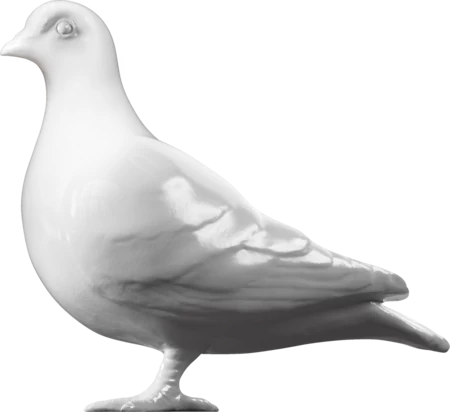Post-Medieval — C. 1750
Cup, coffee cup
Porcelain products were made for export to the European market by Chinese manufacturers in the city of Jingdezhen. Trading partnerships existed between the East India Company and Chinese merchants in the port city of Canton (Guangzhou). Cargoes of porcelain, tea and other commodities were transported to London via Canton on board East India Company ships. The imported porcelain had a dual attraction for Georgian consumers; it was both exotic and cheaper than the English equivalents.
This coffee cup features a typical Chinese floral pattern. These designs were imitated by English manufacturers who wanted to compete with the imported goods. Factories in Jingdezhen also produced porcelain modelled on European wares, such as beer mugs, plates, sauceboats and tureens. Chinese porcelain was harder than European ceramics. It was therefore ideal for fashionable hot drinks, such as tea and coffee, because it was more heat resistant. English imitations matched the appearance of Chinese porcelain, but not its durability.
- Category:
- Post-Medieval
- Object ID:
- A1137
- Object name:
- cup, coffee cup
- Object type:
- Artist/Maker:
- —
- Related people:
- Related events:
- Related places:
- Production date:
- c. 1750
- Material:
ceramic, porcelain
- Measurements/duration:
- H 63 mm, W 82 mm (overall)
- Part of:
- —
- On display:
- —
- Record quality:
- 100%
- Part of this object:
- —
- Owner Status & Credit:
Permanent collection
- Copyright holder:
digital image © London Museum
- Image credit:
- —
- Creative commons usage:
- —
- License this image:
To license this image for commercial use, please contact the London Museum Picture Library.
